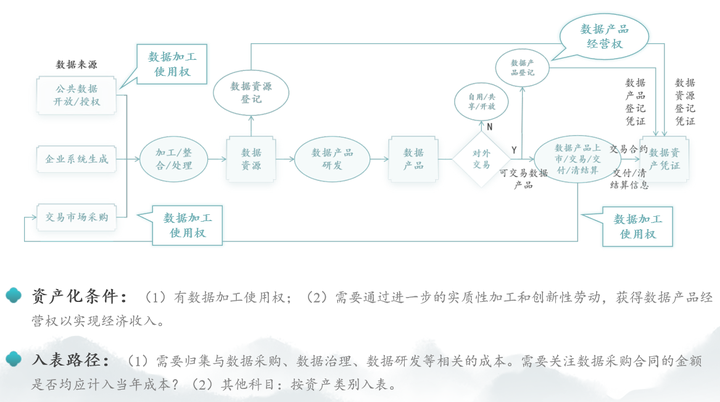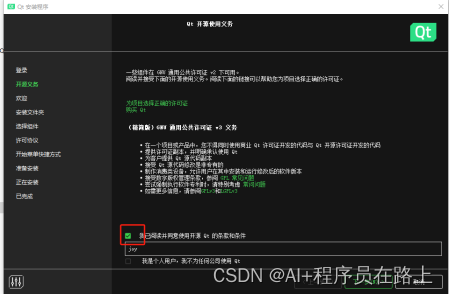本笔记不使用layer相关API,搭建一个三层的神经网络来训练MNIST数据集。
前向传播和梯度更新都使用最基础的tensorflow API来做。
import tensorflow as tf
from tensorflow import keras
from tensorflow.keras import datasets
import numpy as np
def load_mnist():
path = r'./mnist.npz' #放置mnist.py的目录。注意斜杠
f = np.load(path)
x_train, y_train = f['x_train'], f['y_train']
x_test, y_test = f['x_test'], f['y_test']
f.close()
return (x_train, y_train), (x_test, y_test)
#加载mnist数据集
#X_train: [60000, 28, 28] 图片
#Y_train: [60000] 标签
#mnist数据集下载:https://blog.csdn.net/charles_neil/article/details/107851880
# https://www.zhihu.com/question/56773355
(X_train,Y_train),(X_test,Y_test) = load_mnist()
#转换为tensor
#图片数据值转换到0-1
x = tf.convert_to_tensor(X_train, dtype=tf.float32) / 255.
y = tf.convert_to_tensor(Y_train, dtype=tf.int32)
print(x.shape,y.shape)
print(tf.reduce_min(x), tf.reduce_max(x))
print(tf.reduce_min(y), tf.reduce_max(y))
#数据集切分为多个batch
train_db = tf.data.Dataset.from_tensor_slices((x,y)).batch(128)
train_iter = iter(train_db)
sample = next(train_iter)
print(sample[0].shape, sample[1].shape)
#学习率
lr = 0.1
#用三个神经元,[b:784] => [b,256] => [b,128] => [b,10]
w1 = tf.Variable(tf.random.truncated_normal([784,256], stddev=0.1))
b1 = tf.Variable(tf.zeros([256]))
w2 = tf.Variable(tf.random.truncated_normal([256,128], stddev=0.1))
b2 = tf.Variable(tf.zeros([128]))
w3 = tf.Variable(tf.random.truncated_normal([128,10], stddev=0.1))
b3 = tf.Variable(tf.zeros([10]))
for epoch in range(10):
print("[==================Epoch ", epoch, "========================]")
for step, (x,y) in enumerate(train_db):
x = tf.reshape(x, [-1, 28*28])
#对标签进行onehot编码
y_onehot = tf.one_hot(y, depth=10)
with tf.GradientTape() as tape:
#第一层,输入x [128,784]
#x@w + b: [batch, 784] [784,256] + [256] => [batch,256]
h1 = x@w1 + b1
h1 = tf.nn.relu(h1)
#第二层:[batch, 256] => [batch, 128]
h2 = h1@w2 + b2
h2 = tf.nn.relu(h2)
#输出层:[batch,128] => [batch,10]
out = h2@w3 + b3
#计算损失
#使用MSE: mean(sum(y - out)^2)
loss = tf.reduce_mean(tf.square(y_onehot - out))
#计算梯度
grads = tape.gradient(loss, [w1,b1,w2,b2,w3,b3])
#更新w和b: w = w - lr * w_grad
w1.assign_sub(lr * grads[0])
b1.assign_sub(lr * grads[1])
w2.assign_sub(lr * grads[2])
b2.assign_sub(lr * grads[3])
w3.assign_sub(lr * grads[4])
b3.assign_sub(lr * grads[5])
if (step % 100 == 0):
print("Batch:", step, "loss:", float(loss))运行结果:



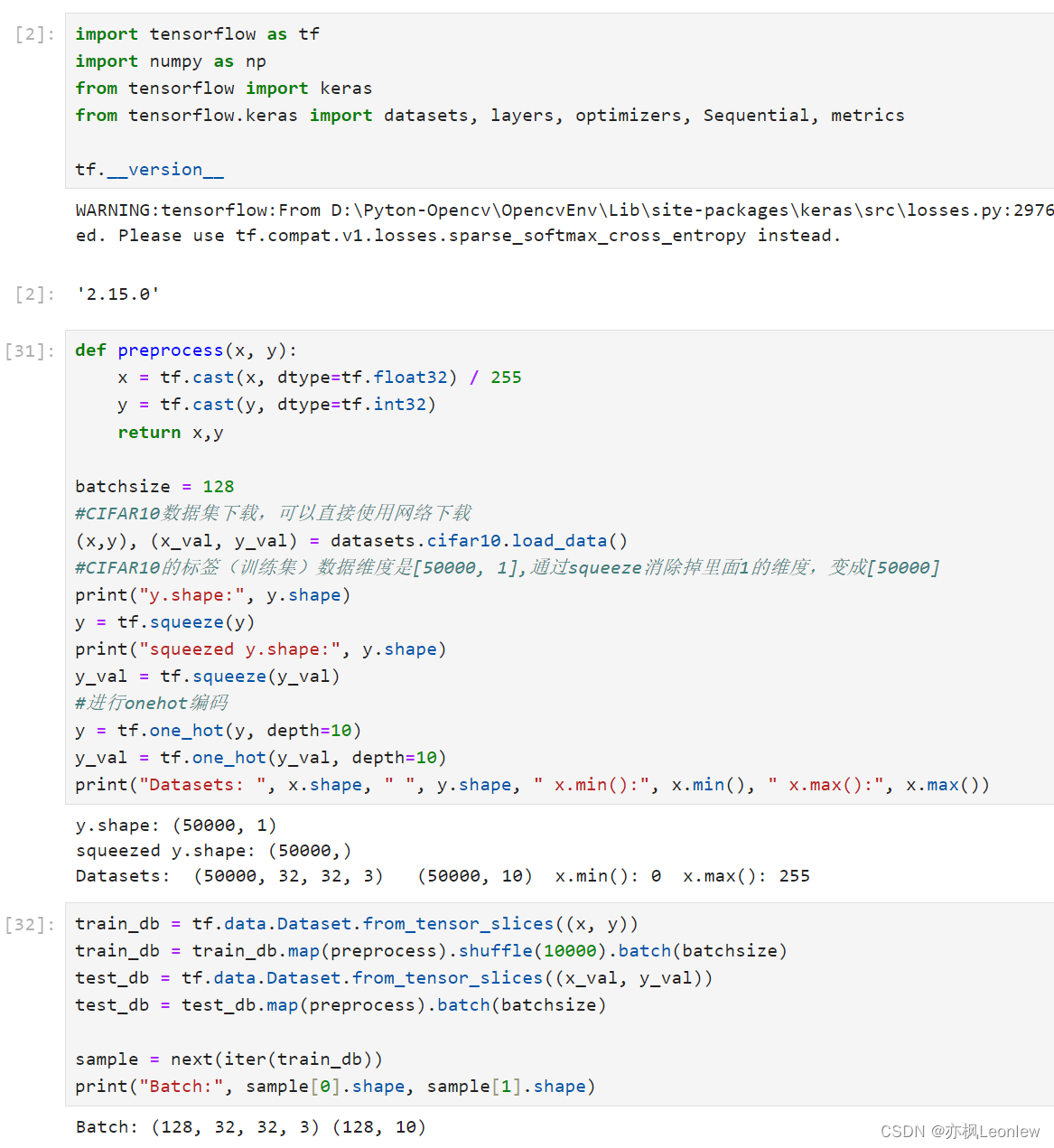


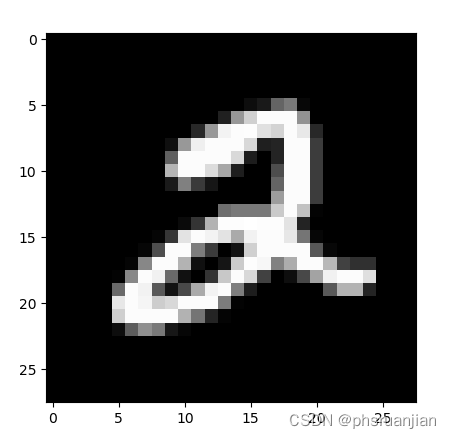



















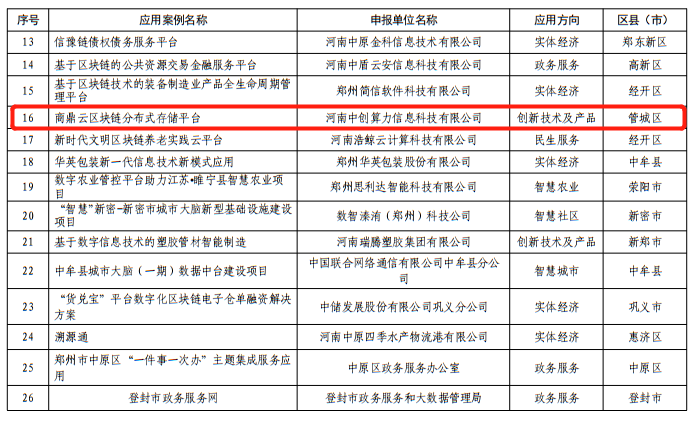



![[每周一更]-(第83期):Go新项目-Gin中间件的使用和案例(10)](https://img-blog.csdnimg.cn/direct/ba5addccbb5a4aafae0dde5224c9a0e6.png#pic_center)
